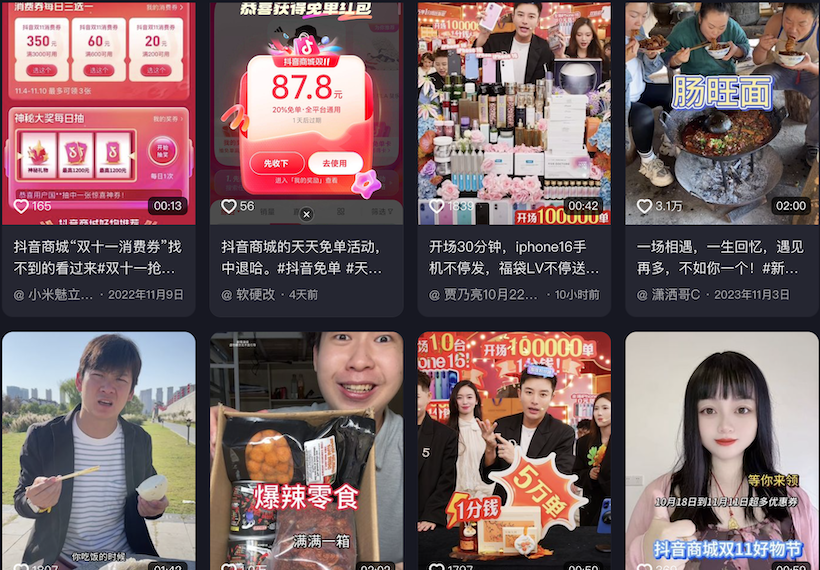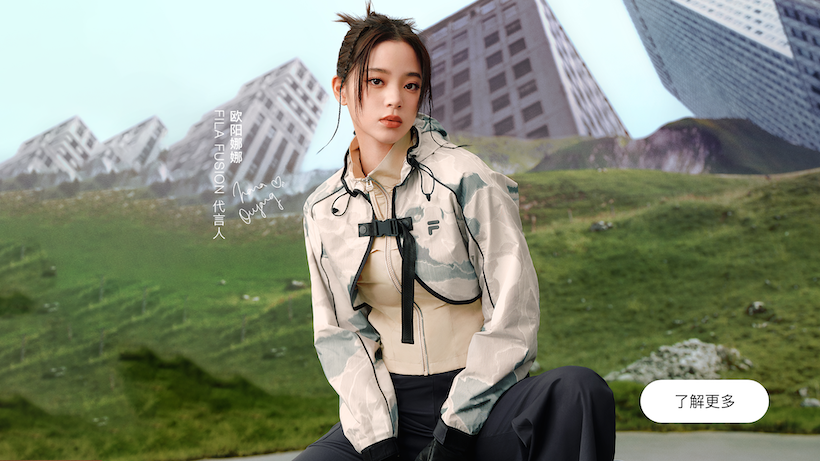Is VR (virtual reality) marketing heralding a new age of marketing?
Flaunting Oculus VR headsets and medieval armour, Balenciaga sent shockwaves through the fashion industry, embracing virtual reality marketing for the delivery of its A/W21 collection.
VR marketing has been at the forefront of discussions surrounding the future of marketing. Since the development of systems like Oculus and Vive, there have been many iterations and attempts at creating more engaging experiences for audiences through the creation of virtual worlds.
Although many brands seem keen to take this challenge head-on, the barriers to entry for a fully immersive virtual reality experience are still high and the technology is not yet widely adopted. Whilst the future may be virtual, we are currently in a stage of mixed realities.
VR Marketing vs AR Marketing
It’s impossible to speak about branded virtual reality experiences without speaking about augmented reality marketing. Compared to VR marketing, AR marketing is far more developed as a proposition, with China taking the lead. Many major brands in the Chinese market have undertaken an AR campaign and users in China are already accustomed to interacting with AR as part of their everyday app usage.
Alibaba-owned Alipay integrated AR into its scanning function, allowing users to scan objects, leading into an integrated AR experience. Alipay partnered with many brands to bring this to life. Bytedance has followed suit through their 600 million user-base platform, Douyin (The original TikTok, from China). Filters on Douyin are widely adopted and we often see trends being driven by their use. This offers powerful opportunities for brands who can leverage the app’s user base to engage new users. The impressive results of international brands such as Skittles and Michael Kors reveal how significant these campaigns can be.
Bearing in mind China’s familiarity with AR marketing, brands need to be extra innovative if they are to connect with Chinese consumers. It’s important that brands adopt a forward-thinking approach.
L’Occitane en Provence’s collaboration with virtual pop star Tianyi is one such example of this strategic and creative approach. Drawing on China’s nascent fascination with virtual superstars such as Luo Tianyi, French luxury brand released their new cherry blossom health range with the help of their animated ambassador, Luo Tianyi, dressed as a cherry blossom fairy! Such unexpected collaborations resonate with Chinese consumers who respond positively to a fresh and original approach.

Luo TianYi live streaming with Austin Li

Luo TianYi x L’Occitane

Luo Tianyi Concert
Recent Virtual Reality Developments in China

Screenshot of Alibaba’s Buy+ virtual reality shopping experience
The development of VR is accelerate as a result of investment from China’s internet giants Baidu, Alibaba, Tencent and Bytedance. Alibaba has already ventured into the VR space, creating 3D renderings of products and a VR shopping mall called Buy+. Additionally, they partnered with Valentino to create a virtual version of the brand’s physical retail pop-up.
Other tech giants have also joined the race, for example iQiyi plans to create more virtual experiences for its watchers, including a virtual cinema room to recreate the feeling of visiting an actual cinema.
The Future of Branded VR
Given how advanced China is for mixed reality, it’s no surprise that virtual reality is expected to be the next frontier. The global virtual reality market alone was estimated to be worth $8b in 2020 with China accounting for 44% of that value.
For brands it is crucial to recognise that VR is no longer a novelty in China, but rather an expected component of marketing strategy and planning. Looking at market trends and seeing how your brand can tap into innovation either through own-brand creative or looking at opportunities to collaborate with partners is essential to stay connected with your audience.
Related blog posts

